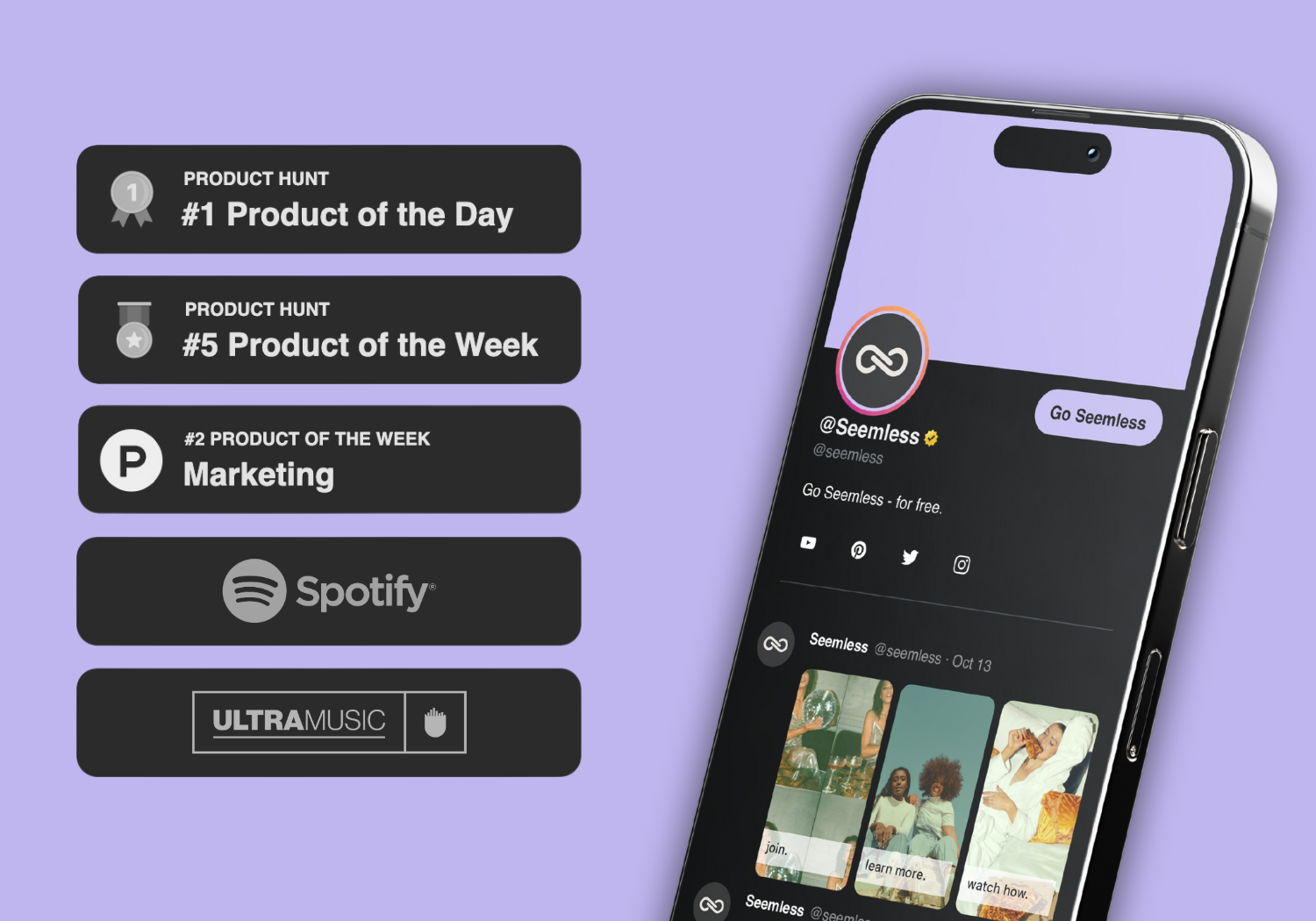Linktree and Koji are prominent platforms that have transformed content sharing and audience engagement for individuals and businesses. Linktree provides users with a single landing page to consolidate multiple links to social media profiles, websites, and other online content. This functionality is particularly beneficial for users of platforms like Instagram, where bio links are limited to one.
Koji, in contrast, is a platform that allows users to develop and distribute interactive mini-apps, games, and other engaging content. Both platforms have gained traction due to their intuitive interfaces and customization options, enabling users to effectively brand their shared content. The popularity of Linktree and Koji stems from their ability to streamline content distribution and enhance user interaction in the digital space.
Key Takeaways
- Linktree and Koji are popular tools for creating customizable and branded landing pages for social media profiles.
- Users can customize their Linktree or Koji page with their own branding, colors, and themes to create a cohesive online presence.
- Analytics and insights tools allow users to track and measure the performance of their Linktree or Koji page, including click-through rates and user engagement.
- Monetization and e-commerce integration options enable users to sell products or services directly from their Linktree or Koji page.
- Social media integration and sharing options make it easy for users to promote their Linktree or Koji page and connect with their audience across different platforms.
- The user-friendly interface and navigation of Linktree and Koji make it easy for both creators and their audience to navigate and interact with the page.
- Pricing and additional features vary between Linktree and Koji, with different subscription levels offering additional customization and analytics options.
Customization and Branding Options
Visual Customization
With Linktree, users can choose from a variety of themes and color schemes to match their brand identity. They can also add custom images and logos to make their Linktree page more visually appealing and on-brand.
Advanced Customization
Linktree offers advanced customization options for users who want to further personalize their page with custom CSS. This allows for a high level of flexibility and control over the design and layout of their page.
Custom Mini-Apps and Games
Koji, on the other hand, allows users to create custom mini-apps and games using its intuitive interface. Users can add their own branding elements, such as logos, colors, and fonts, to ensure that their mini-apps and games reflect their brand identity.
Setting Them Apart
This level of customization and branding options sets Linktree and Koji apart from other similar platforms and allows users to create a unique and engaging experience for their audience.
Analytics and Insights

Another important aspect of both Linktree and Koji is the ability to track analytics and gain insights into user engagement. Linktree provides users with valuable analytics on how many clicks each link receives, as well as the total number of visits to their Linktree page. This data can help users understand which content is resonating with their audience and make informed decisions about their content strategy.
Additionally, Linktree offers integration with Google Analytics for more in-depth tracking and reporting. Similarly, Koji provides users with analytics on how many people are interacting with their mini-apps and games, as well as insights into user behavior and engagement. This data can help users understand which mini-apps and games are most popular and optimize their content to better engage their audience.
The analytics and insights provided by Linktree and Koji are invaluable for users looking to understand and improve their online presence.
Monetization and E-commerce Integration
Both Linktree and Koji offer opportunities for monetization and e-commerce integration, allowing users to generate revenue from their content. Linktree recently introduced a feature called “Linktree Offers,” which enables users to create and promote exclusive offers, products, or services directly from their Linktree page. This feature is particularly useful for influencers, creators, and businesses looking to monetize their online presence.
Additionally, Linktree offers integration with popular e-commerce platforms like Shopify, allowing users to sell products directly from their Linktree page. Similarly, Koji provides opportunities for monetization through its mini-apps and games. Users can integrate in-app purchases, ads, or sponsorships to generate revenue from their content.
This makes Koji a valuable platform for developers and creators looking to monetize their interactive content.
Social Media Integration and Sharing Options
Both Linktree and Koji offer seamless integration with social media platforms, making it easy for users to share their content across different channels. Linktree allows users to add links to their social media profiles, websites, blog posts, videos, and more, creating a centralized hub for all of their online content. This makes it easier for users to promote their content on platforms like Instagram, where only one link can be included in the bio.
Additionally, Linktree offers integration with popular social media platforms like Instagram, TikTok, YouTube, and Twitter, allowing users to easily share their Linktree page with their followers. Similarly, Koji provides sharing options for users to promote their mini-apps and games on social media platforms. Users can generate unique links to share their content across different channels, reaching a wider audience and driving engagement.
User-Friendly Interface and Navigation

Streamlined Content Creation
Linktree offers a simple drag-and-drop interface for users to add and arrange links on their Linktree page. The platform also provides a preview feature, allowing users to see how their Linktree page will appear to visitors before publishing it.
Mobile Accessibility
Additionally, Linktree offers a mobile-friendly design, ensuring that users can easily access and navigate Linktree pages on any device.
Interactive Content Made Easy
Similarly, Koji provides a user-friendly interface for creating interactive mini-apps and games. The platform offers a variety of templates and tools to help users get started, as well as a preview feature to see how their mini-apps will appear to users. Koji’s intuitive navigation makes it easy for users to customize and publish their interactive content without any technical expertise.
Pricing and Additional Features
Linktree offers a free version of its platform with basic features, as well as a Pro plan with advanced customization options, analytics, and integrations starting at $6 per month. The Pro plan also includes features like link scheduling, email capture forms, and priority support. Additionally, Linktree offers an Enterprise plan for larger organizations with custom pricing based on specific needs.
On the other hand, Koji is free for creators to use, with the option to monetize their content through in-app purchases or ads. The platform also offers a premium subscription called Koji Pro for $9 per month, which includes additional features like custom domains, analytics, and priority support. Both Linktree and Koji provide valuable features at affordable prices, making them accessible to individuals and businesses of all sizes.
In conclusion, Linktree and Koji are powerful platforms that offer unique opportunities for customization, branding, analytics, monetization, social media integration, user-friendly navigation, and additional features at affordable prices. Whether you’re an influencer looking to centralize your online presence or a developer looking to create interactive content, both Linktree and Koji provide valuable tools to help you engage with your audience and achieve your goals. With their intuitive interfaces and robust features, Linktree and Koji have become essential tools for individuals and businesses looking to make an impact in the digital world.
If you’re interested in learning more about the differences between Linktree and other link-in-bio tools, check out this article on Linktree vs Later. It provides a comprehensive comparison of the two platforms and their unique features. (source)
FAQs
What is Linktree?
Linktree is a tool that allows users to create a single landing page with multiple links to their social media profiles, websites, and other online content. It is commonly used in social media profiles to share multiple links in a single location.
What is Koji?
Koji is a platform that allows users to create and share customizable mini web apps, games, and interactive content. It provides a way for users to easily create and share interactive experiences without needing to know how to code.
What are the unique features of Linktree?
Linktree allows users to customize the appearance of their landing page with different themes and colors. It also provides analytics to track the performance of the links and integrates with various social media platforms.
What are the unique features of Koji?
Koji allows users to create interactive experiences such as games, quizzes, and interactive stories. It also provides a marketplace for users to buy and sell customizable mini web apps.
How do Linktree and Koji differ in their primary function?
Linktree primarily serves as a tool for organizing and sharing multiple links in a single location, while Koji focuses on enabling users to create and share interactive mini web apps and games.
Which platform is better for organizing and sharing multiple links?
Linktree is better suited for organizing and sharing multiple links, as it is specifically designed for this purpose and provides features such as link customization and analytics.
Which platform is better for creating and sharing interactive content?
Koji is better suited for creating and sharing interactive content, as it allows users to easily create customizable mini web apps, games, and interactive experiences without needing to know how to code.

